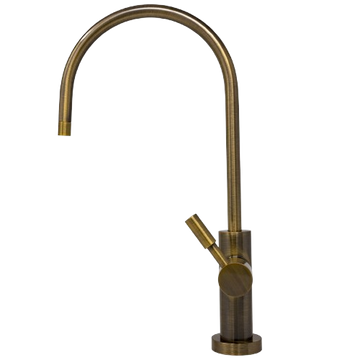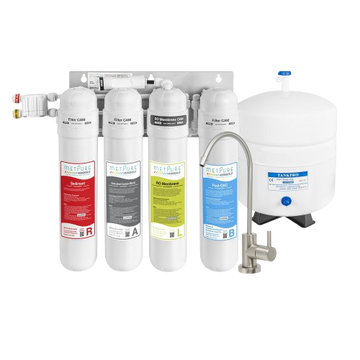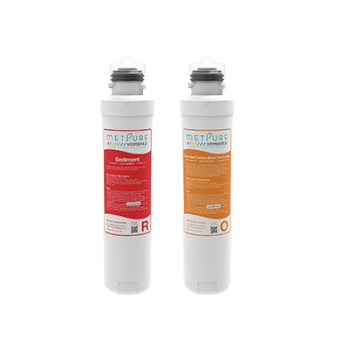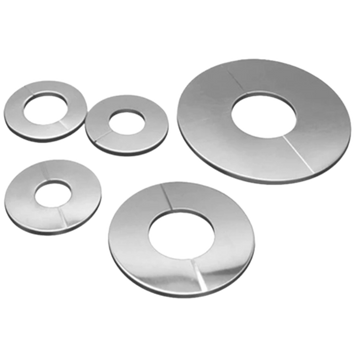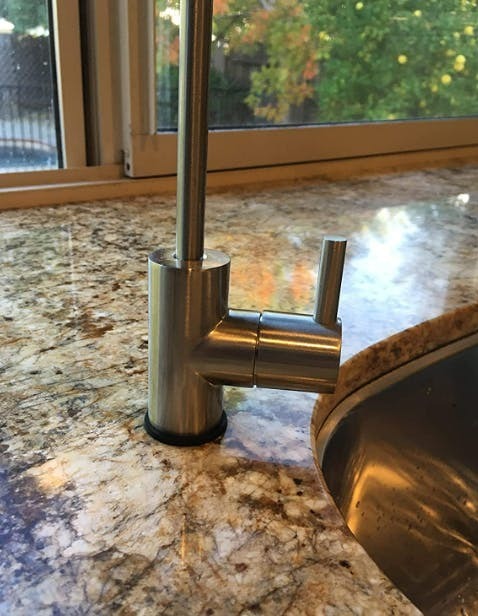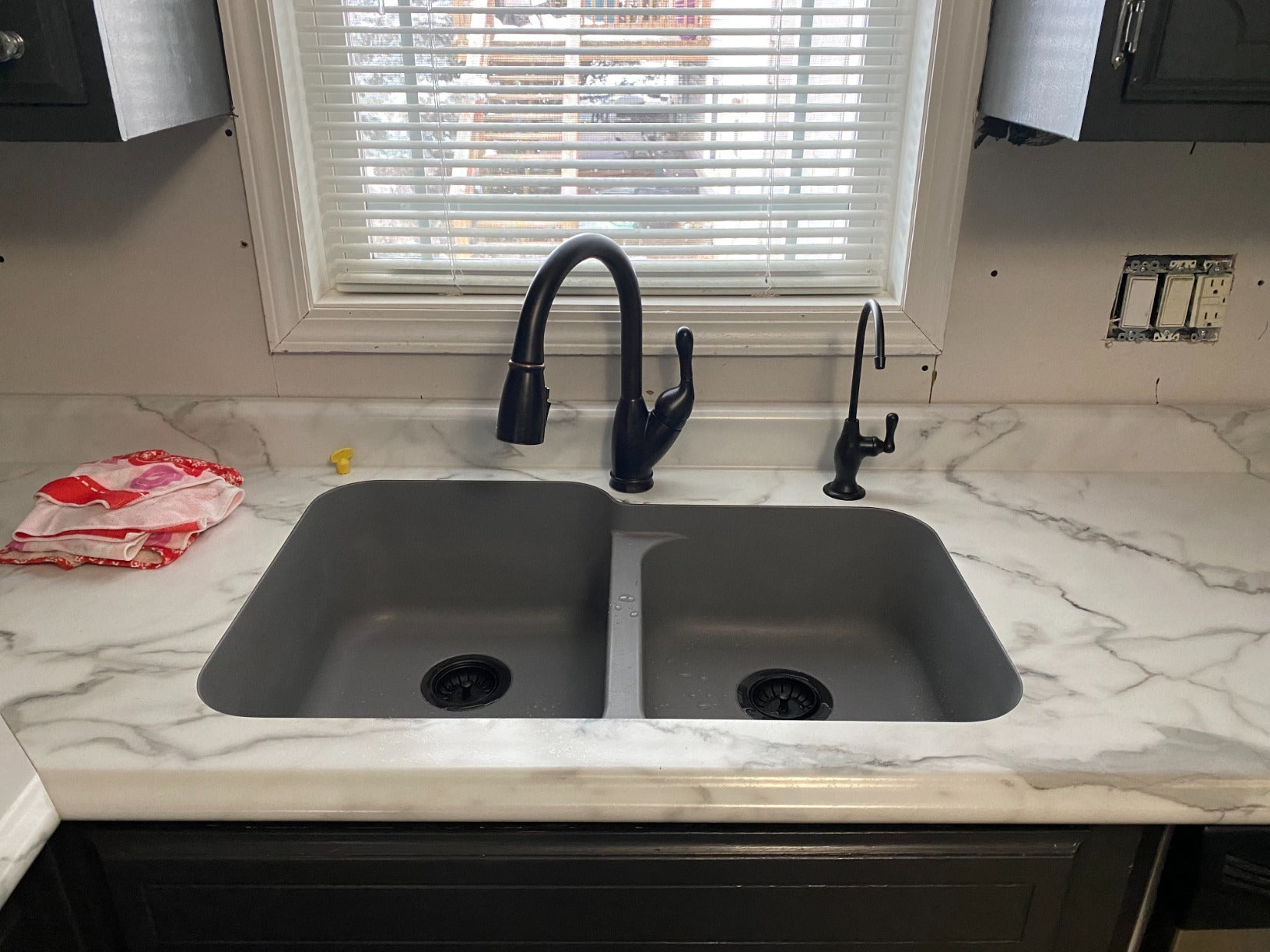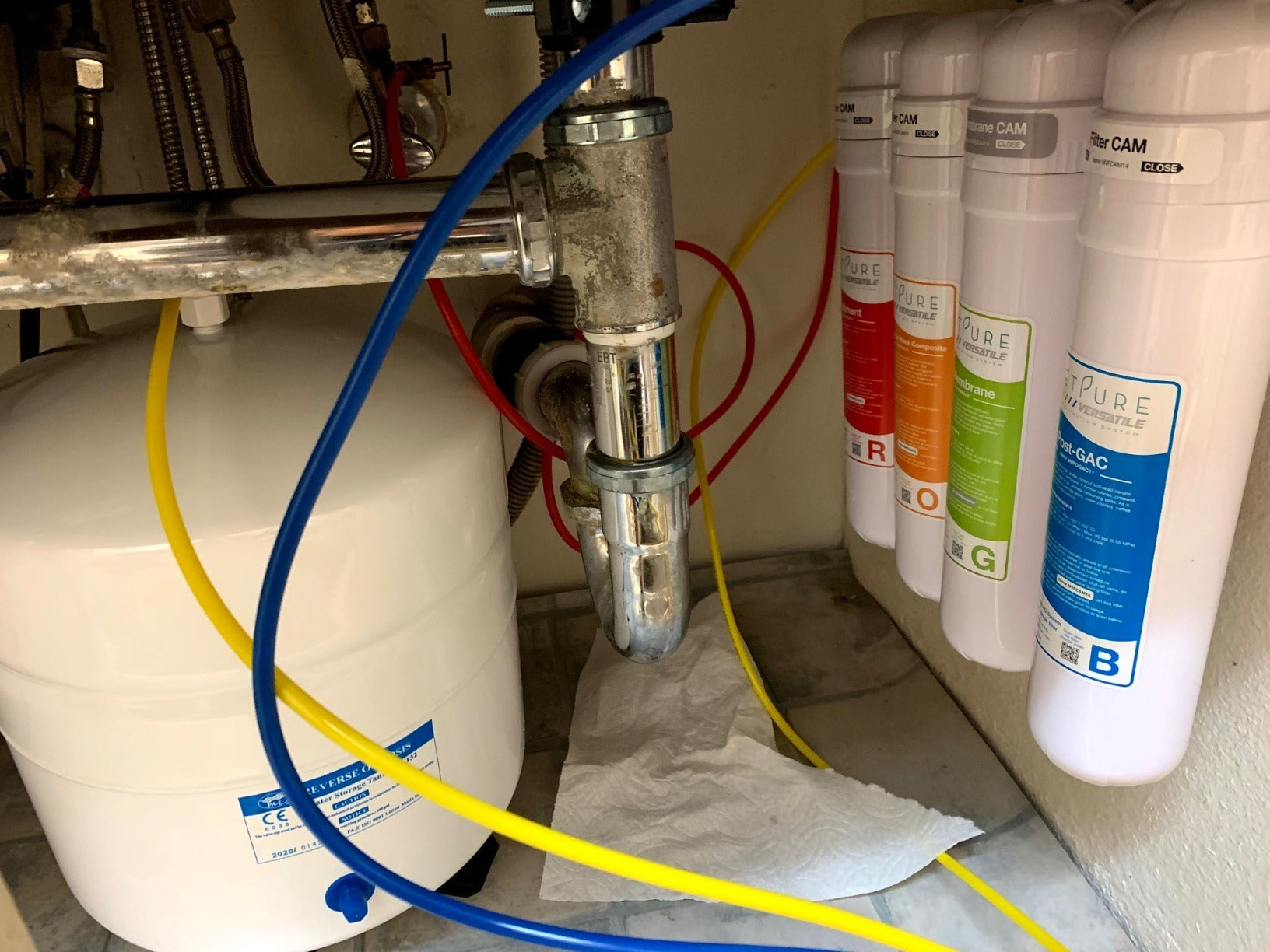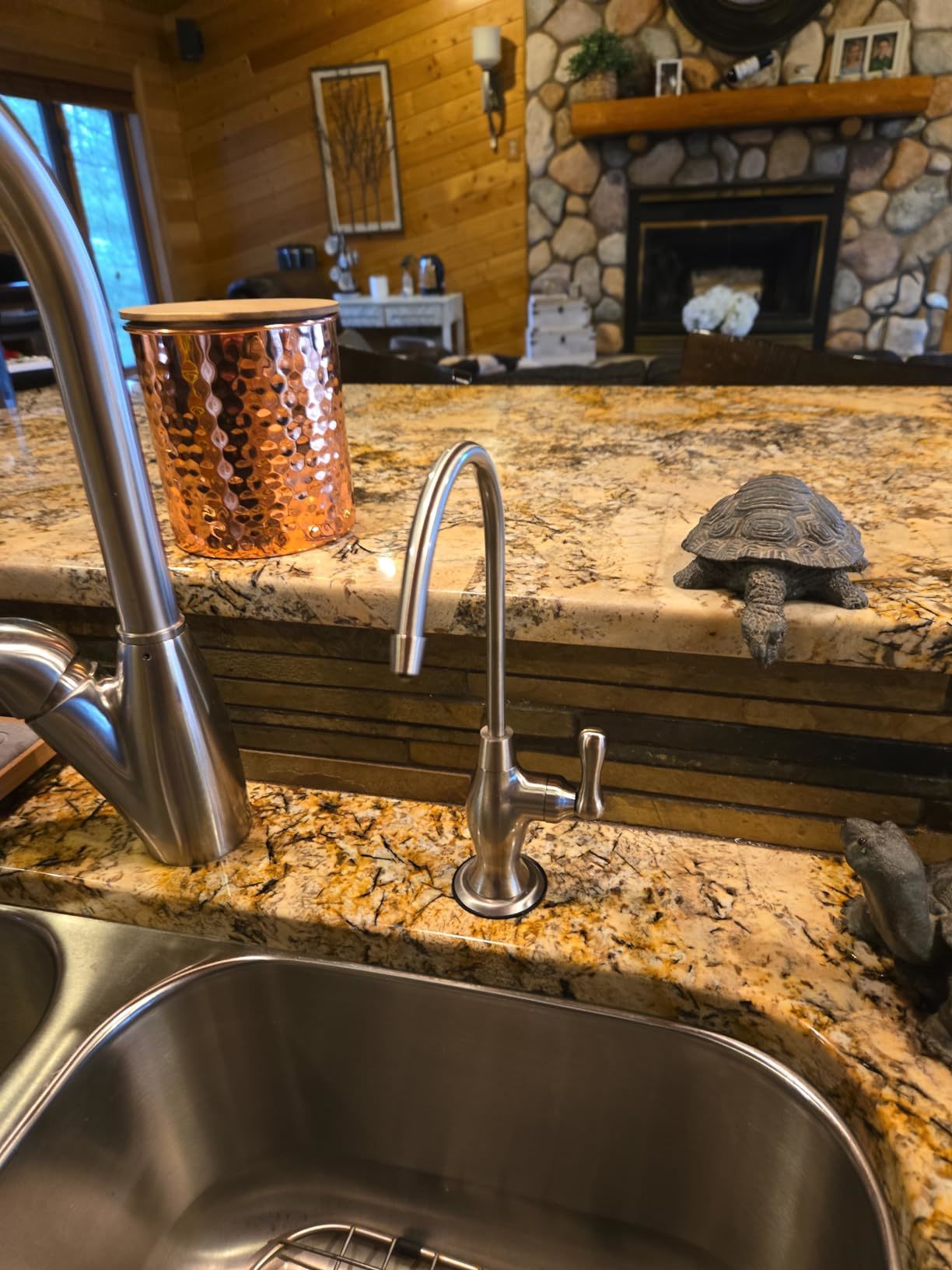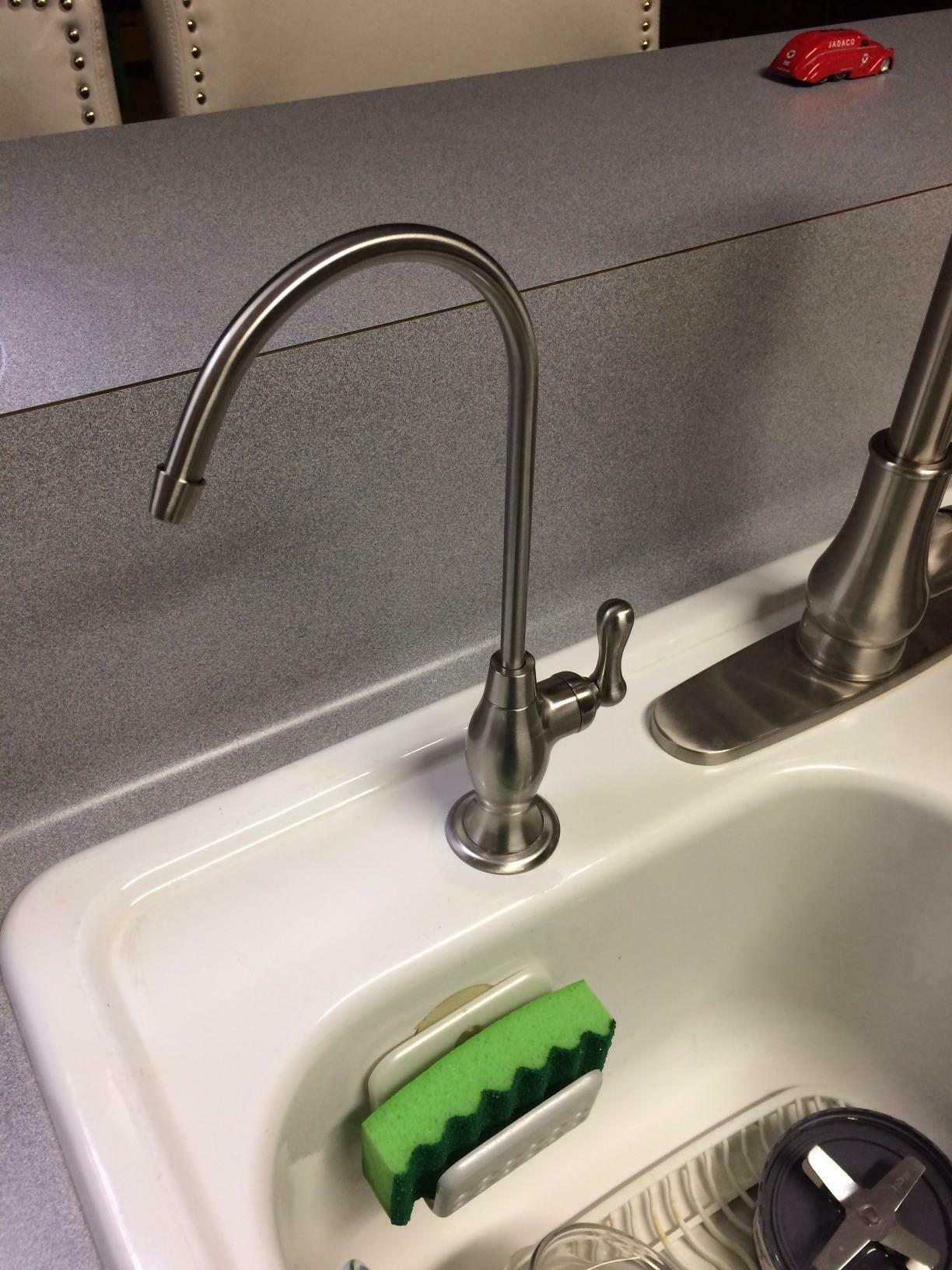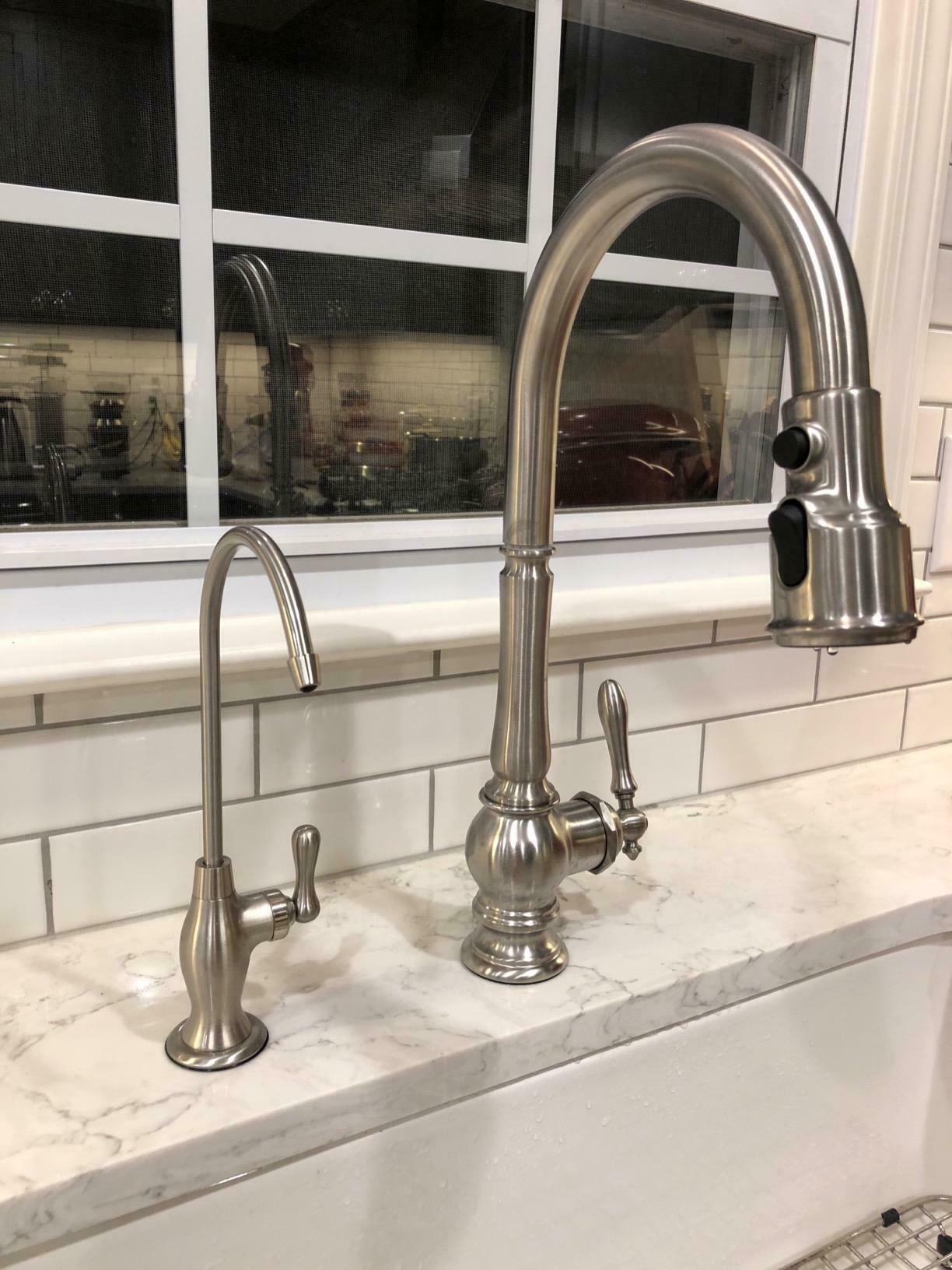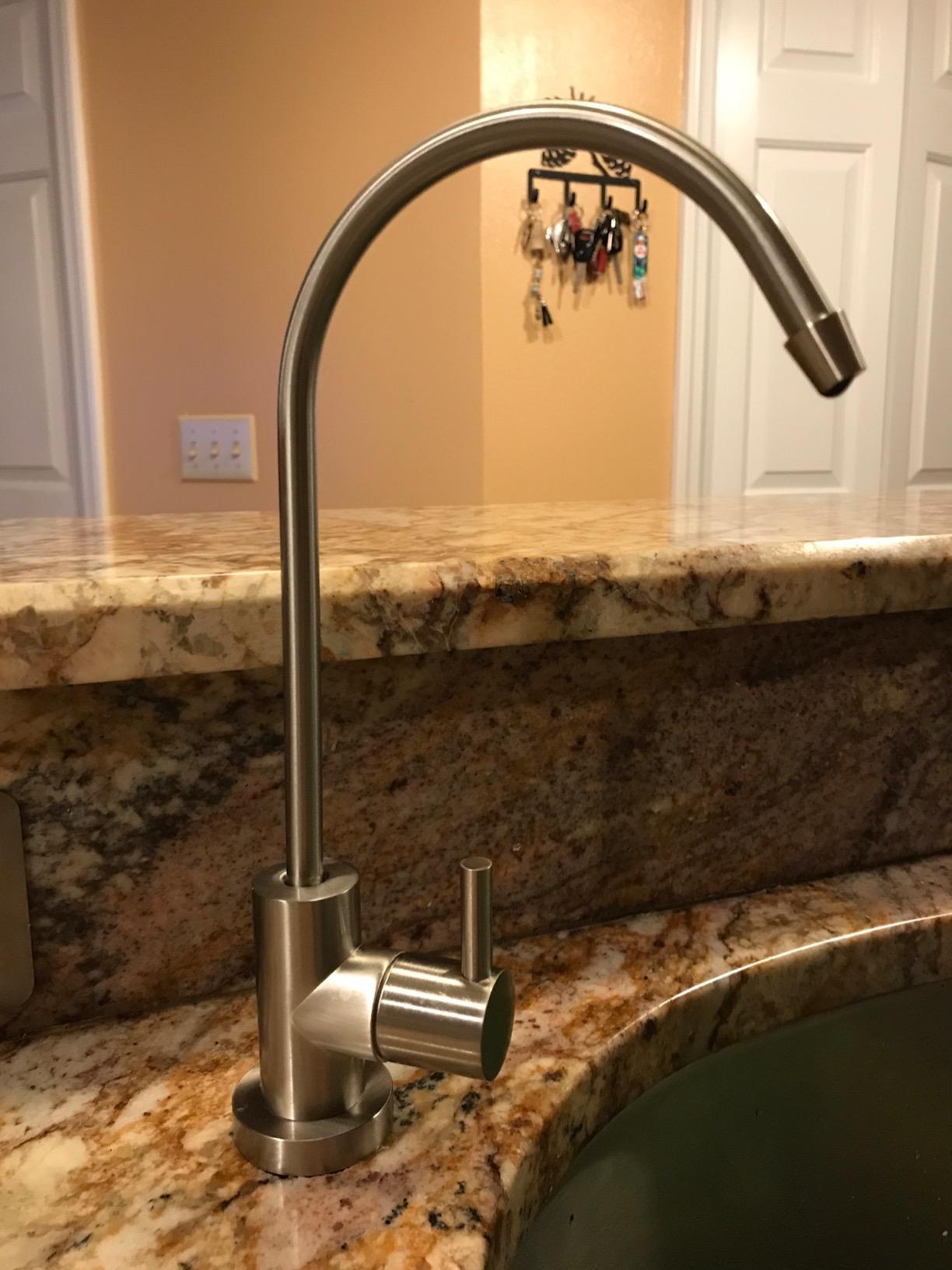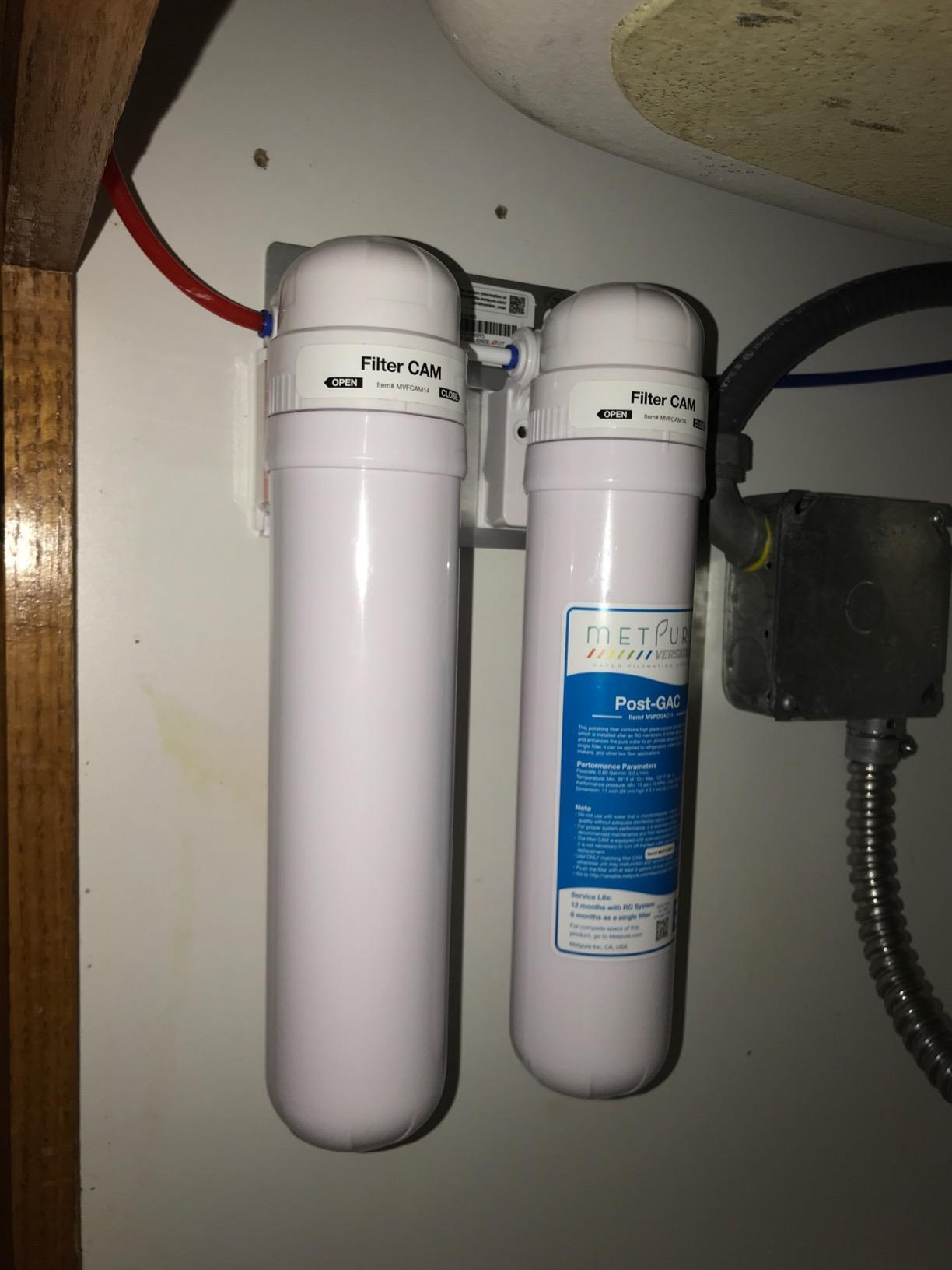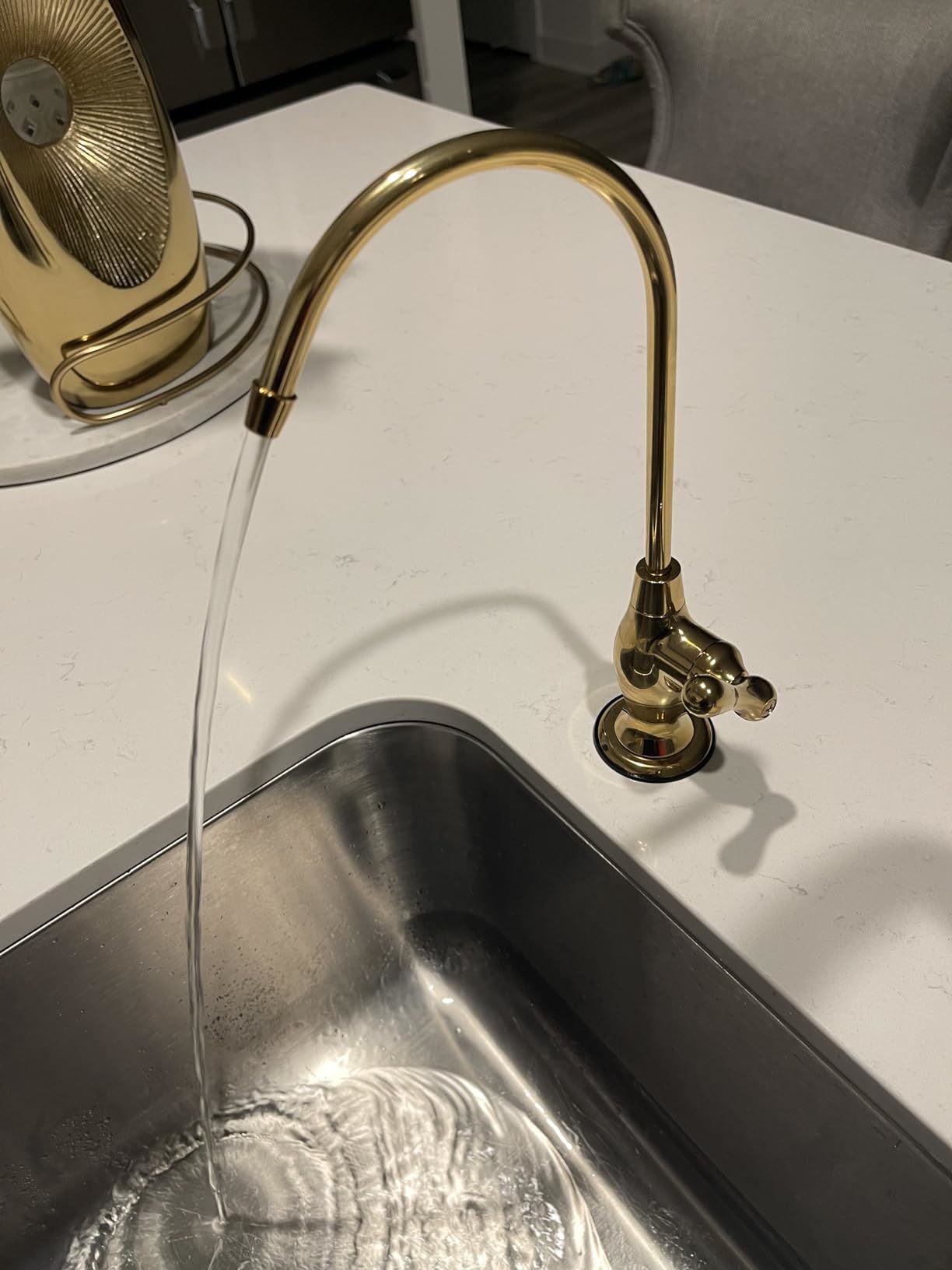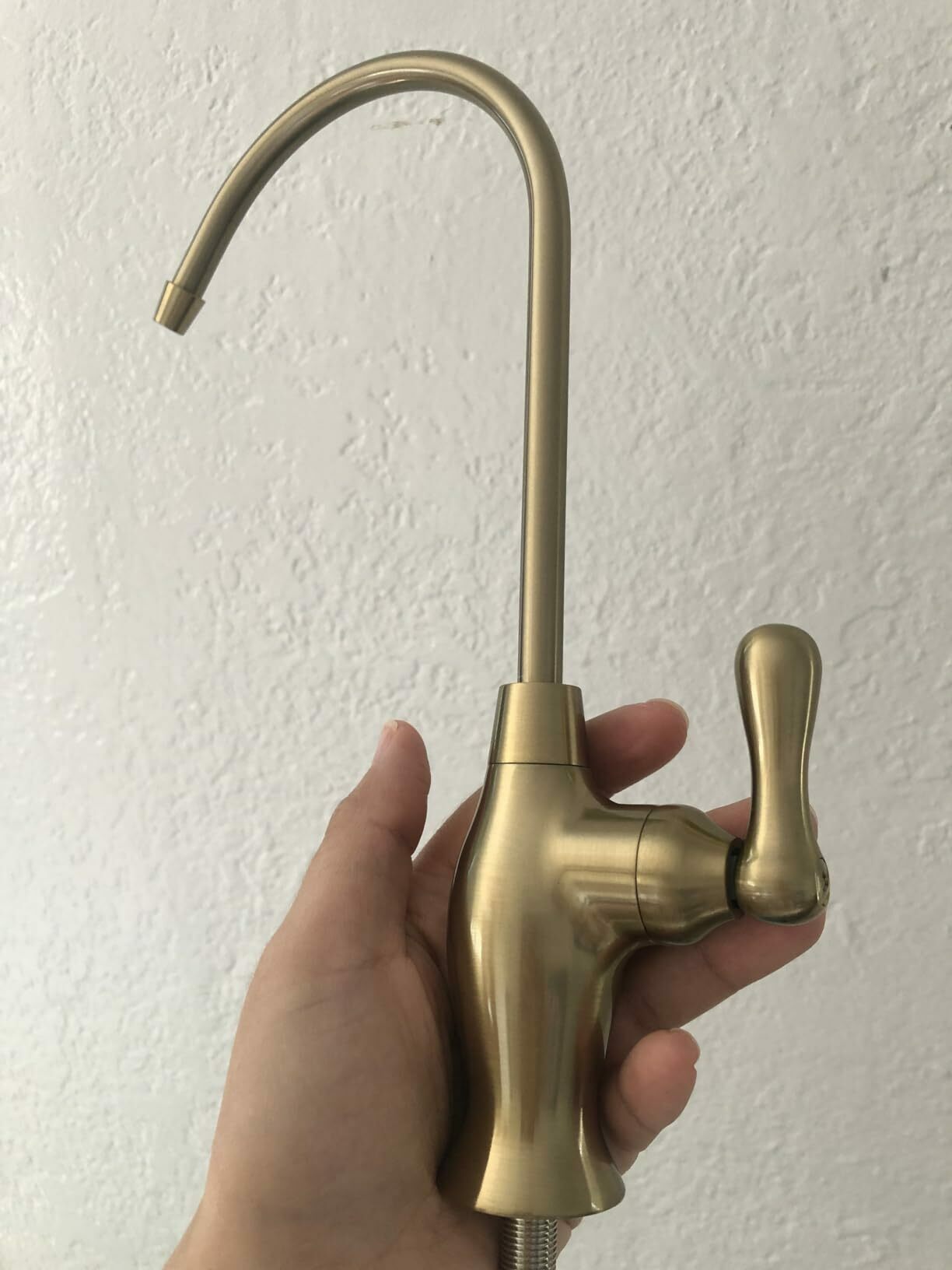How to Replace a Water Filtration Faucet
Table of Contents
Filters remove contaminants from your water and improve its taste and appearance. They also encourage hydration and prevent the need for costly bottled water purchases.
If you have an old filter that needs to be replaced, proceed slowly to avoid a water disaster. It is a good idea to place towels under the sink to catch any dripping water.
Remove the Faucet
The first step is to shut off the water supply line to the faucet. The water supply valve is usually located under the sink, and is typically labeled. Once the water is turned off, proceed to the next step.
Next, unfasten the water supply line from the faucet by using a crescent wrench to fit the fastening nut on the bottom of the supply line. Turn the nut until the supply line is completely detached from the faucet. After the water line is removed, it’s a good idea to pour the old water into a bucket, this will help remove any rust or sediment that may have developed in the lines.
Next, install a fitting (included in your kit) to the water supply line. Then, attach tubing to the fitting and to your water filtration faucet. Make sure all connections are tight and secure. Finally, connect the water supply line to the new filter. Once all of the connections are tight, turn on your water and check for any leaks.
Remove the Old Filter
A whole house filter should be changed every 6 months or after one year of use, whichever comes first. This prevents bacteria growth inside the filter. You also need to clean the old cartridge regularly and replace the O-ring on the filter housing, which helps prevent leaks.
To change your filter first turn off the water supply. This may be a simple handle valve located before the filter or it could be the main water shut off. Then you should open a faucet somewhere in the house to relieve pressure.
Next put a bucket under your filter to catch the water that comes out when you unscrew the housing. Before you start unscrewing the filter look in it for big sediment pieces this can indicate a serious problem with your water supply line. Have a container of clean soapy water handy for cleaning any gunk you find on the filter. Also have some clear plumbers silicone grease to lubricate the new O-ring on the filter housing. It will help preserve the O-ring and make it easier to remove the filter the next time.
Install the New Faucet
The simplest type of water filter for the kitchen sink comes with a faucet that you can install yourself. It's not difficult, even for a beginner who has never done it before. You just need to follow the instructions in the manufacturer's guide.
First, close the water supply valves under the sink by turning them clockwise. Place a bucket underneath to catch any residual water that flows out when you disconnect the lines. Next, remove the old faucet by loosening the nuts that hold it in place.
If your new faucet has an aerator, you should remove it and clean it to prevent mineral buildup. Once the new faucet is in place and connected to the water line, turn the water back on. Check for leaks at all connections, and tighten them or reapply Teflon tape as needed. Also, check to make sure the deck plate is positioned correctly. If it's not, you can use a screwdriver to adjust it.
Connect the Water Supply Line
Water lines can wear out over time causing water leaks, poor water pressure, and unpleasant odors. Replacing the water line can fix these issues and improve water quality.
When replacing your water supply line make sure to use a quality line that connects to the shut off valves using the correct connection types. A backflow preventer may also need to be installed, a device that prevents contaminated water from returning to the main water supply line.
Remember that the water supply pipe carries the water your family drinks every day so it is important not to get dirt into it while working on it. Once your work is complete run all of the faucets for several minutes to flush out any remaining dirt or contaminates in the pipes. It is also a good idea to sterilize the new pipes once they are connected so you don’t end up with germs in your drinking water. There are a variety of products that can be used for this purpose available at most plumbing stores.


